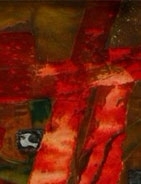
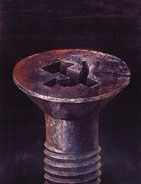
By Anna Kuzmich
...Even this brief review of the events in Belarusian art life in the late 1980, early 1990s can prove the fact that Perestroika in Belarusian art brought the transformations in creative work of Belarusian artists and the changes in mind of the audience...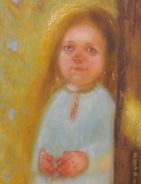
Author: Julia Fedotova
Article about art education in Belarus: structure and main principles.
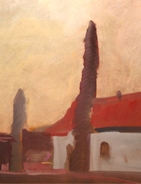
In the south-east of Belarus there is a big administrative center and the second largest city in the country - Gomel...
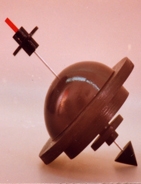
Author: Mikhail Barazna
Art of Belarus of the 20th century represents an integral dynamic phenomenon of art culture. Systemic social transformations taking place on the post-Soviet territory, the formation of new states, including the Republic of Belarus, and the choice of their own development path have made the sphere of culture turn to close examination of domestic experience in the field of art.
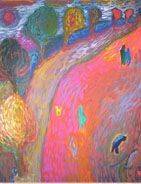
Author: Julia Fedotova.
Ideas of a young art critic and art college lecturer on the point of problems of a young Belarusian artist.
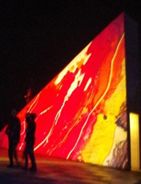
Author: Vera Vorobjova
- What are the preconditions associated with the birth and development of the contemporary art that keep its search away from the sphere of the fine?
- What caused the birth of inharmonious art?
- Does it have a meaning and a creative potential?
- What is the contemporary art author’s purpose if it exists?
- What does the contemporary art await from the spectator?
- Under what conditions are constructive effects possible in the interaction between the object and the viewer of contemporary art?
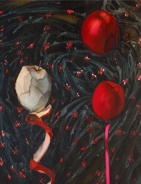
Author: Ekaterina Kenigsberg
The variety of visual experiments is typical for modern art. In this sphere Belarusian art is rather traditional. However, the national art school does not tend to the common academic art realization. Graphic, painting, photography and other kinds of art are developing in the direction of modern visual tendencies. There is mixture of styles typical for European art.
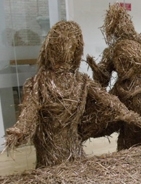
Text: Mikhail Miroshnikov.
The interest in supernatural ideas urged Klinau on the interpretation of the fresco by Leonardo da Vinci "The Lord’s Supper" *. If Leonardo da Vinchi used tempera on resin, plaster or mastic, Joseph Beuys used felt, then Artur Klinau uses straw (traditional material for Belarus).
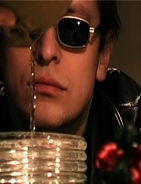
Text: Ekaterina Kenigsberg.
There is a tense, strange turn of frames. Bright militarized animation from the very title, from start of music creates the atmosphere of bravery; the rays of searchlights cut the darkness, airplanes fly, uncertain solders rest...
